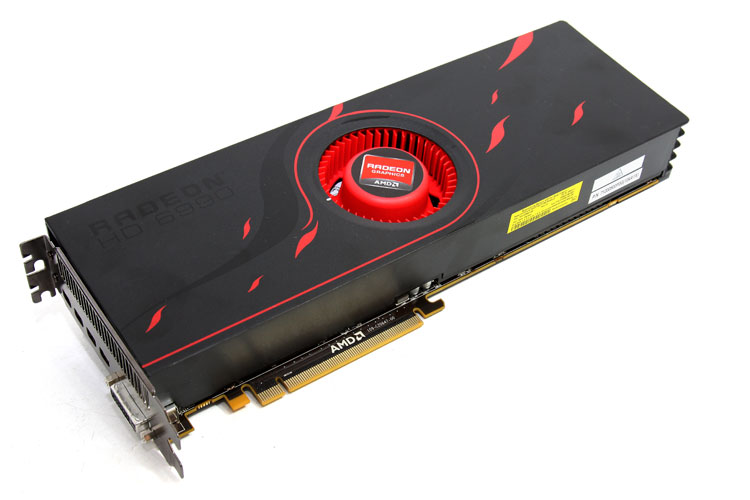Introduction

Aaah, it's Monday morning, 9AM - with a cup of coffee in my right hand staring at the monitor, looking outside through the office window where there is a clear blue sky and the sun is shining. Sitting 3 meters away from me is "Diablo" our primary mean graphics benchmarking machine, sitting in it, is this red little devil armed by two GPUs and a lot of features. Heck yeah, last week the Radeon HD 6990 arrived here in the office, and is sitting like two buns in an oven waiting to be consumed. It's gonna be a good day.
Radeon HD 6990 ladies and gentlemen is AMD's latest ATI Radeon HD dual-GPU based graphics card. And for now it will be the fastest 'single' graphics card available on the planet. The performance numbers you will see are anything short from astonishing, breathtaking stuff for a wicked product.
For many weeks now the Radeon HD 6990 has been a product of much discussion. Nobody really could confirm what GPUs would be used, how much graphics memory it would get and so on. Well, rest assured. AMD stuck two Cayman XT GPUs (R6970) onto the PCB and allows them to be clock at R6970 speeds as well, in fact you'll get options in clock-frequencies and TDP with the help of a small micro-switch seated on the card, which leads to 2 vBIOS, one with more acceptable TDPs and the other enabling a higher clock frequency mode. Now I've stated it, Cayman XT GPUs, that means the full shader processor count inside that GPU is available, that sums up towards 3072 shader processors (!)
Memory wise, AMD decided not to skimp here either, the Radeon HD 6990 is a card that will be perfectly suited for Eyefinity solutions, say 3 to 5 monitors PER Radeon HD 6990. In such setup it's wise to have a little more memory per GPU, especially with stuff like high anti-aliasing levels in mind. As such the Radeon HD 6990 comes with a flabbergasting 4 GB of graphics memory, that's two GB per GPU.
All in all, we'll have a lot to talk about today, we'll have a quick chat about verbs like Barts, Cayman and Antilles, then we'll describe the architecture a bit better, we'll have a close look at the products with the help of a photo-gallery ... and well that's all followed by power consumptions, heat levels and performance measurements of course.
Next page please.

